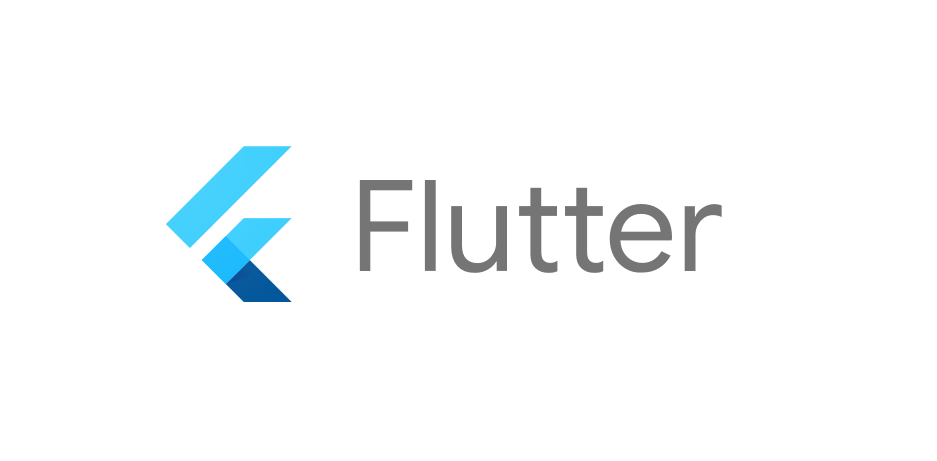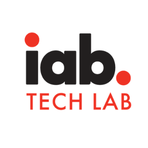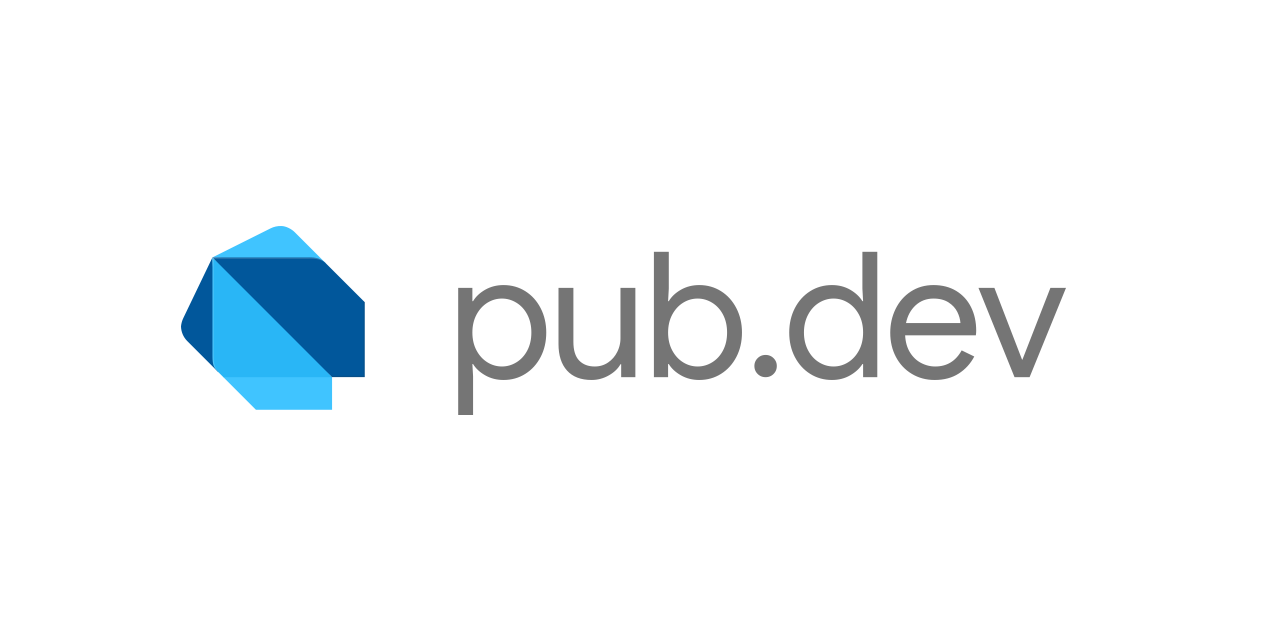Flutter 3.24: A New Era of Development
August 8, 2024, 5:09 am
Flutter 3.24 has arrived, bringing a whirlwind of updates that promise to reshape the landscape of mobile and web development. This release is not just an incremental update; it’s a leap into advanced graphics, enhanced user experiences, and monetization opportunities. Let’s dive into the highlights.
First, the introduction of Flutter GPU is a game-changer. This low-level graphics API allows developers to create custom renderers using Dart and GLSL shaders. Imagine crafting intricate 3D scenes and advanced graphics without the need for native code. Flutter GPU opens the door to limitless creativity, enabling developers to push the boundaries of what’s possible within their applications. This feature is currently available on iOS, macOS, and Android, with plans to support all Flutter platforms in the future.
Next, we have Multi-View Embedding for web applications. This feature allows developers to render content in multiple HTML elements simultaneously. Think of it as a multi-tasking superhero for your web apps. Instead of waiting for the Flutter app to load, it dynamically adds views as needed. This flexibility is crucial for integrating Flutter into complex web applications, enhancing user interaction and experience.
Monetization has also taken a significant step forward with the introduction of the Interactive Media Ads (IMA) plugin. This new tool supports video ad monetization in mobile applications, allowing developers to seamlessly integrate pre-roll, mid-roll, and post-roll ads. The potential for revenue generation is immense, especially with access to premium Google ad inventory. Developers can now engage users with ads that are both relevant and timely, creating a win-win scenario.
The Flutter framework itself has seen substantial enhancements. New slivers have been introduced, allowing for dynamic app bar behaviors. The SliverFloatingHeader, PinnedHeaderSliver, and SliverResizingHeader provide developers with the tools to create engaging scrolling experiences. These new slivers come with a simplified API, making it easier to implement complex behaviors without relying on external libraries.
The Cupertino library has also received an upgrade. The CupertinoActionSheet now offers improved tactile feedback, aligning the button sizes and weights with native counterparts. This attention to detail enhances the overall user experience, making Flutter apps feel more polished and intuitive.
TreeView and CarouselView widgets have been added to the two_dimensional_scrollables package. The TreeView widget allows for efficient scrolling of hierarchical data, while the CarouselView offers a dynamic, scrollable list of items. These additions empower developers to create more interactive and visually appealing applications.
Animation has not been overlooked. The AnimationStatus enum has been enhanced with new getters, providing developers with better control over animation states. This improvement simplifies the process of managing animations, making it easier to create fluid and engaging user interfaces.
SelectionArea has also been upgraded to support more native gestures, including triple-click and double-tap actions. This enhancement makes text selection more intuitive, improving the overall usability of applications.
On the engine side, the Impeller rendering engine has undergone significant performance and accuracy improvements. The rendering of text, particularly emojis, has been optimized, eliminating delays and enhancing the user experience. The goal is to make Impeller the default renderer, ensuring that Flutter applications perform seamlessly across devices.
However, the transition to Impeller as the default renderer has been delayed due to issues with Android 14. The Flutter team is committed to ensuring compatibility across a wide range of devices, which is why they are taking a cautious approach. This decision reflects a dedication to quality and user experience.
In terms of image rendering, the default FilterQuality has been upgraded from low to medium. This change enhances the visual quality of images, particularly when they are significantly larger than their target rectangle. The goal is to provide a smoother and more visually appealing experience for users.
The introduction of Swift Package Manager support marks another milestone for Flutter. This feature simplifies dependency management for iOS and macOS applications, allowing developers to leverage the growing ecosystem of Swift packages. This shift will streamline the development process, making it easier to integrate third-party libraries.
The Shared Preferences plugin has also been updated with new APIs, SharedPreferencesAsync and SharedPreferencesWithCache. These changes aim to improve data access and management, ensuring that developers can efficiently handle user preferences.
DevTools has received a facelift as well. The new Rebuild Stats feature allows developers to track how many times a widget has been rebuilt, providing valuable insights into application performance. Additionally, critical bugs in the Network Profiler and Flutter Deep Links tool have been addressed, enhancing the overall development experience.
Finally, the release notes highlight critical changes and deprecated features, ensuring that developers are well-informed about the latest updates. The transition to Flutter 3.24 is not just about new features; it’s about embracing a new era of development that prioritizes performance, user experience, and monetization.
In conclusion, Flutter 3.24 is a robust update that equips developers with powerful tools to create stunning applications. From advanced graphics capabilities to enhanced user interactions, this release sets the stage for a new wave of innovation in mobile and web development. As developers embrace these changes, the potential for creativity and engagement is boundless. Flutter continues to evolve, and with it, the future of app development looks brighter than ever.
First, the introduction of Flutter GPU is a game-changer. This low-level graphics API allows developers to create custom renderers using Dart and GLSL shaders. Imagine crafting intricate 3D scenes and advanced graphics without the need for native code. Flutter GPU opens the door to limitless creativity, enabling developers to push the boundaries of what’s possible within their applications. This feature is currently available on iOS, macOS, and Android, with plans to support all Flutter platforms in the future.
Next, we have Multi-View Embedding for web applications. This feature allows developers to render content in multiple HTML elements simultaneously. Think of it as a multi-tasking superhero for your web apps. Instead of waiting for the Flutter app to load, it dynamically adds views as needed. This flexibility is crucial for integrating Flutter into complex web applications, enhancing user interaction and experience.
Monetization has also taken a significant step forward with the introduction of the Interactive Media Ads (IMA) plugin. This new tool supports video ad monetization in mobile applications, allowing developers to seamlessly integrate pre-roll, mid-roll, and post-roll ads. The potential for revenue generation is immense, especially with access to premium Google ad inventory. Developers can now engage users with ads that are both relevant and timely, creating a win-win scenario.
The Flutter framework itself has seen substantial enhancements. New slivers have been introduced, allowing for dynamic app bar behaviors. The SliverFloatingHeader, PinnedHeaderSliver, and SliverResizingHeader provide developers with the tools to create engaging scrolling experiences. These new slivers come with a simplified API, making it easier to implement complex behaviors without relying on external libraries.
The Cupertino library has also received an upgrade. The CupertinoActionSheet now offers improved tactile feedback, aligning the button sizes and weights with native counterparts. This attention to detail enhances the overall user experience, making Flutter apps feel more polished and intuitive.
TreeView and CarouselView widgets have been added to the two_dimensional_scrollables package. The TreeView widget allows for efficient scrolling of hierarchical data, while the CarouselView offers a dynamic, scrollable list of items. These additions empower developers to create more interactive and visually appealing applications.
Animation has not been overlooked. The AnimationStatus enum has been enhanced with new getters, providing developers with better control over animation states. This improvement simplifies the process of managing animations, making it easier to create fluid and engaging user interfaces.
SelectionArea has also been upgraded to support more native gestures, including triple-click and double-tap actions. This enhancement makes text selection more intuitive, improving the overall usability of applications.
On the engine side, the Impeller rendering engine has undergone significant performance and accuracy improvements. The rendering of text, particularly emojis, has been optimized, eliminating delays and enhancing the user experience. The goal is to make Impeller the default renderer, ensuring that Flutter applications perform seamlessly across devices.
However, the transition to Impeller as the default renderer has been delayed due to issues with Android 14. The Flutter team is committed to ensuring compatibility across a wide range of devices, which is why they are taking a cautious approach. This decision reflects a dedication to quality and user experience.
In terms of image rendering, the default FilterQuality has been upgraded from low to medium. This change enhances the visual quality of images, particularly when they are significantly larger than their target rectangle. The goal is to provide a smoother and more visually appealing experience for users.
The introduction of Swift Package Manager support marks another milestone for Flutter. This feature simplifies dependency management for iOS and macOS applications, allowing developers to leverage the growing ecosystem of Swift packages. This shift will streamline the development process, making it easier to integrate third-party libraries.
The Shared Preferences plugin has also been updated with new APIs, SharedPreferencesAsync and SharedPreferencesWithCache. These changes aim to improve data access and management, ensuring that developers can efficiently handle user preferences.
DevTools has received a facelift as well. The new Rebuild Stats feature allows developers to track how many times a widget has been rebuilt, providing valuable insights into application performance. Additionally, critical bugs in the Network Profiler and Flutter Deep Links tool have been addressed, enhancing the overall development experience.
Finally, the release notes highlight critical changes and deprecated features, ensuring that developers are well-informed about the latest updates. The transition to Flutter 3.24 is not just about new features; it’s about embracing a new era of development that prioritizes performance, user experience, and monetization.
In conclusion, Flutter 3.24 is a robust update that equips developers with powerful tools to create stunning applications. From advanced graphics capabilities to enhanced user interactions, this release sets the stage for a new wave of innovation in mobile and web development. As developers embrace these changes, the potential for creativity and engagement is boundless. Flutter continues to evolve, and with it, the future of app development looks brighter than ever.


